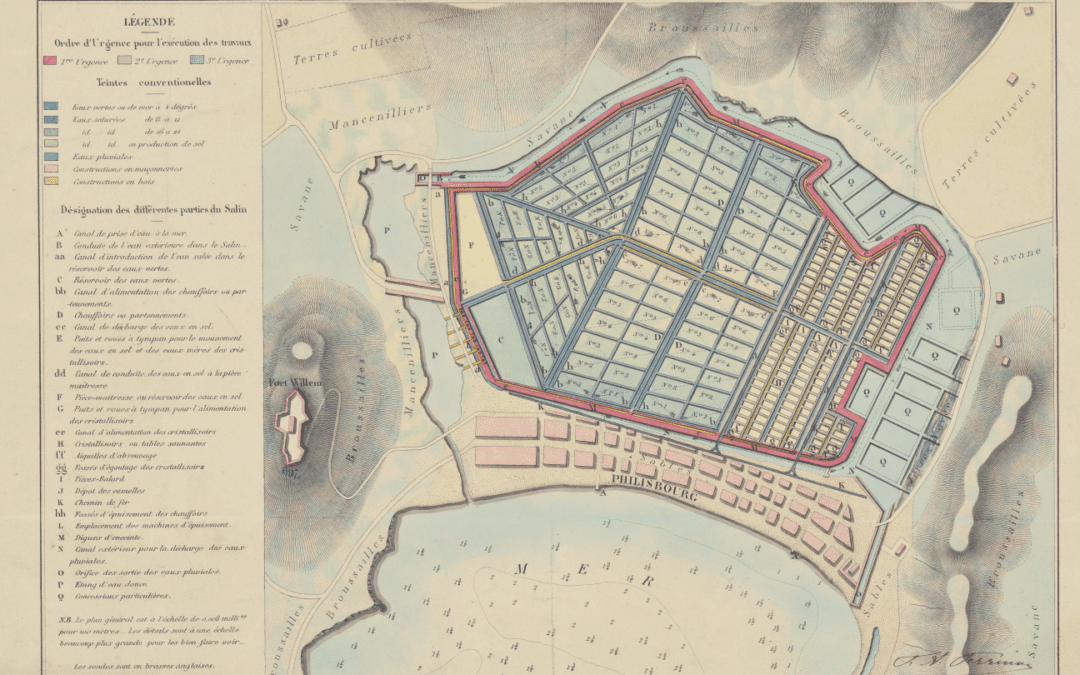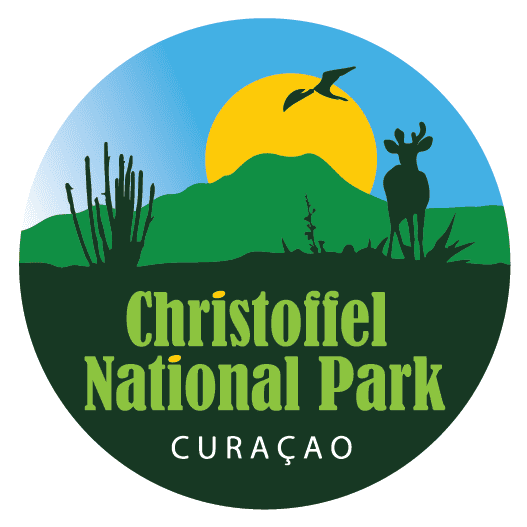
dec 17, 2024
The Christoffel National Park is the largest and most biodiverse park on the island. In the park you can find stunning nature, the Christoffel Mountain, beautiful birds, the national white tailed deer and wonderful hiking trails. We offer tours, guided hikes, and seasonal activities. Inside the park you can find the Savonet Museum.
Savonet Museum
The Savonet Museum, which is housed in a 17th-century plantation house, tells you the story of the Savonet Plantation and the adjacent Savonet area. The story begins with the first inhabitants of the area: the Arawak Indians and goes on to the slavery period, the abolishment of slavery, and the independence of Curacao in 2010. The main focus of the museum is the lives of the former slaves and later ‘workers’ of the Savonet Plantation, the lives of the owners, and the interaction between these two groups.
In the Christoffel National Park you can explore:
- Stunning Nature
Nature lovers will find the park teeming with birds and plants. You will probably see species that are not easily seen elsewhere on the island. The park harbors a rich variety of local flora and fauna.
- Hiking & Climbing
An abundance of hiking trails to choose from. A relaxed stroll or a more advanced trail, there is something to do for everyone! Climbing the Christoffel Mountain is one of the most popular – and more advanced – hiking trails in the park.
- Interesting History
Visit the Savonet Museum located in “Landhuis Savonet” inside the Christoffel Park. Get inside information and a peak into the lives of the former inhabitants of the area.
- Safari & Guides
There are many ways to explore the park at your own pace and time, however if you are looking to dig a little deeper into the history, flora and fauna of the park, we recommend you to join us on one of the guided hikes or (jeep safari) tours.
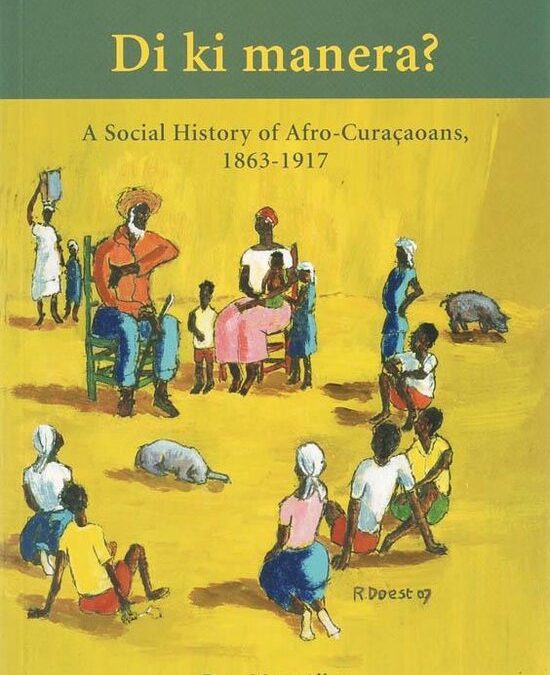
dec 10, 2024
In this study Rose-Mary Allen presents the key factors determining the social and cultural life of Afro-Curaçaoans during the first fifty years after the abolition of slavery in 1863. This is done through a socio-cultural analysis of the social system of which they formed part. Their position within slave society will be the starting point, followed by an evaluation of the two principle elements of social control after emancipation: the State and the Roman Catholic Church. Rather than viewing Afro-Curaçaoans as mere objects to be acted upon, in this analysis they are cited as resilient agents, rising to – and often resisting in a variety of ways – the challenges and restrictions they faced in a free society. Their resilience and resistance are best demonstrated through the factors from which they drew their sustenance; these being mainly their social networks – such as families, peer groups, co-workers, local communities – and their culture, brought to the fore, for example, in their songs, stories and rituals.
Sentral den e disertashon di Rose-Mary Allen ta e prosesonan kultural ku a influensiá bida di tur dia di afro-kurasoleñonan despues ku na 1863 a abolí sklabitut. A pone den foko e influensia ku gobièrnu kolonial, doñonan di katibu den nan tempu i prinsipalmente Iglesia katóliko a ehersé riba bida di afro-kurasoleñonan despues di emansipashon. A verifiká tambe kon e grupo akí a duna kontenido propio na e libertat ku nan a haña i kon e hendenan akí a anda ku intervenshon di gobièrnu. E konsepto ‘poder’ den e kaso akí ta di mayor importansia. Poder tabata repartí di forma desigual: desigualdat ekonómiko, sosial i rasial a karakterisá e sosiedat kurasoleño di siglo djesnuebe. E pregunta klave den e tésis akí ta: ki papel gobièrnu, e shonnan, doño di katibu i Iglesia katóliko tabatin den bida di afro-kurasoleñonan despues di emansipashon i di ki manera afro-kurasoleñonan por a duna kontenido na nan bida material, sosial i spiritual tantu paden komo pafó di e ambiente di influensia di e institushonnan akí.
In deze dissertatie van Rose-Mary Allen staan de culturele processen centraal die het dagelijkse leven van Afro-Curaçaoënaars na de afschaffing van de slavernij (1863) hebben beïnvloed. Er wordt gekeken naar de invloed die de koloniale overheid, de voormalige slavenhouders en vooral de Rooms-Katholieke kerk uitoefenden op het leven van de Afro-Curaçaoënaars na de emancipatie.
Ook wordt nagegaan hoe deze groep een eigen invulling gaf aan de vrijheid en hoe zij omging met de interventies van hogerhand. Het begrip macht staat hierbij centraal. Deze was zeer ongelijk verdeeld: economische, sociale en raciale ongelijkheid kenmerkten
de negentiende-eeuwse Curaçaose maatschappij.
De hoofdvraag in het proefschrift luidt: welke rol speelden de overheid, de voormalige slavenhouders en de Rooms-Katholieke kerk in het leven van de Afro-Curaçaoënaars na de emancipatie, en op welke wijze hebben de Afro-Curaçaoënaars zowel binnen als buiten de beïnvloedsferen van deze instituten invulling kunnen geven aan hun materiele, sociale en geestelijke leven.
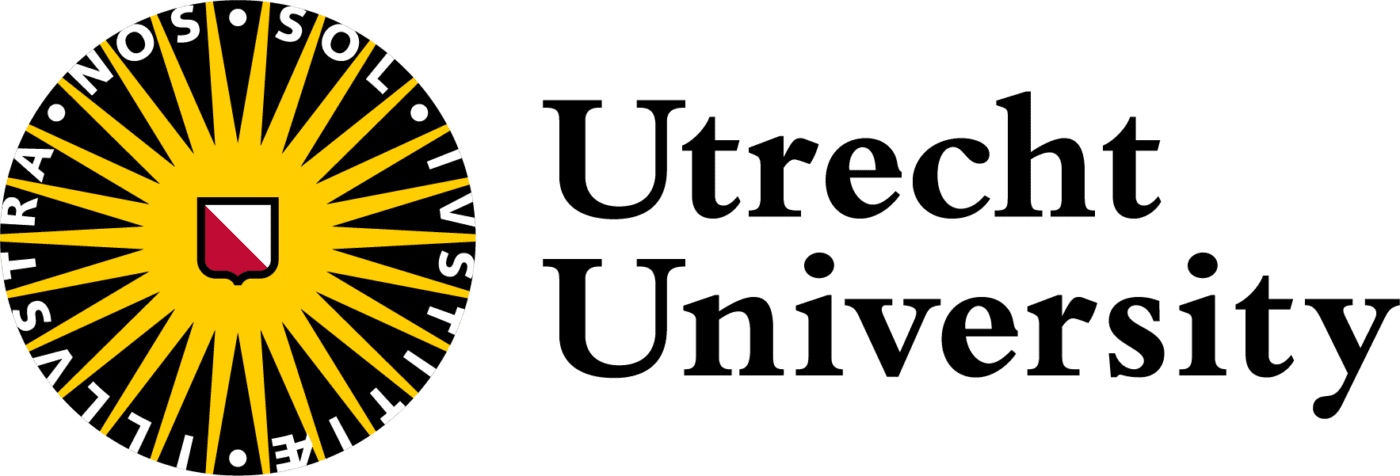
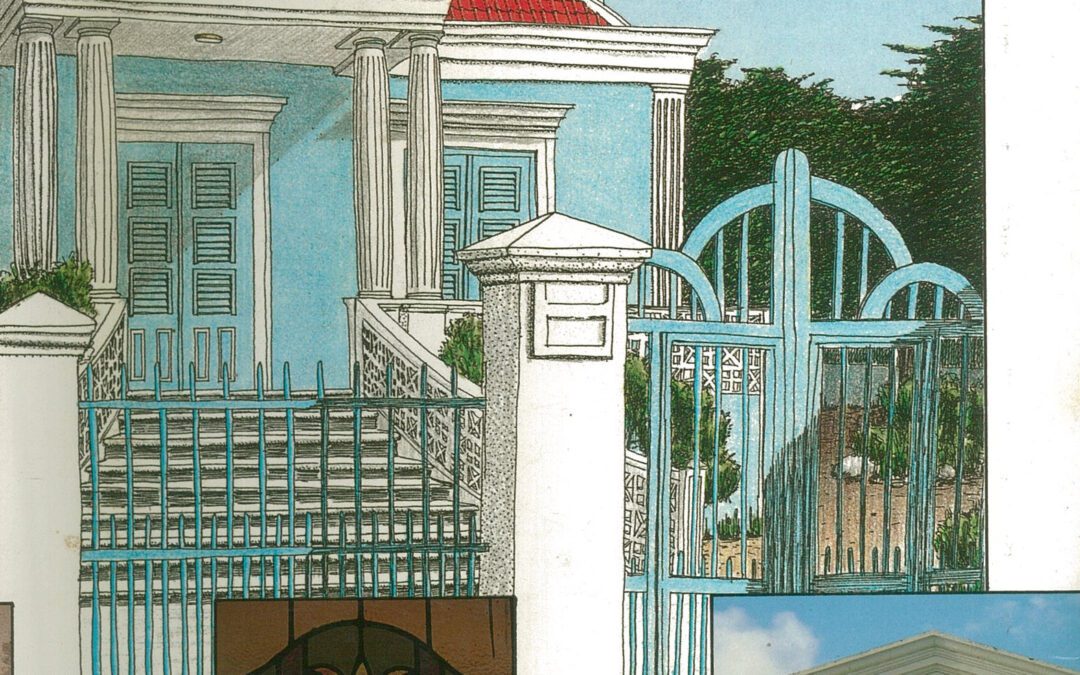
dec 10, 2024
Scharloo, a quarter of Willemstad already existing in the eighteenth century, developed in a magnificent way during the second half of the last century. Many Jewish families, who had become the richest in Curacao during those years thanks to their commercial activities, chose this part of the town to build monumental houses in a new style: the classicist style. Their luxurious dwellings often closely recalled American plantation houses or English or Italian villas, from which they were indirectly copied.
In these homes the Jews led a particular way of life, marked by a grandeur typical of that group of families called hende di Scharloo, Scharloo people. Though nowadays this way of life has disappeared and many of the houses are decayed, this book brings back to life through the memories of elderly people, supported by deep research in archives and libraries, a golden period in the history of Curacao, which had its highlight in Scharloo.
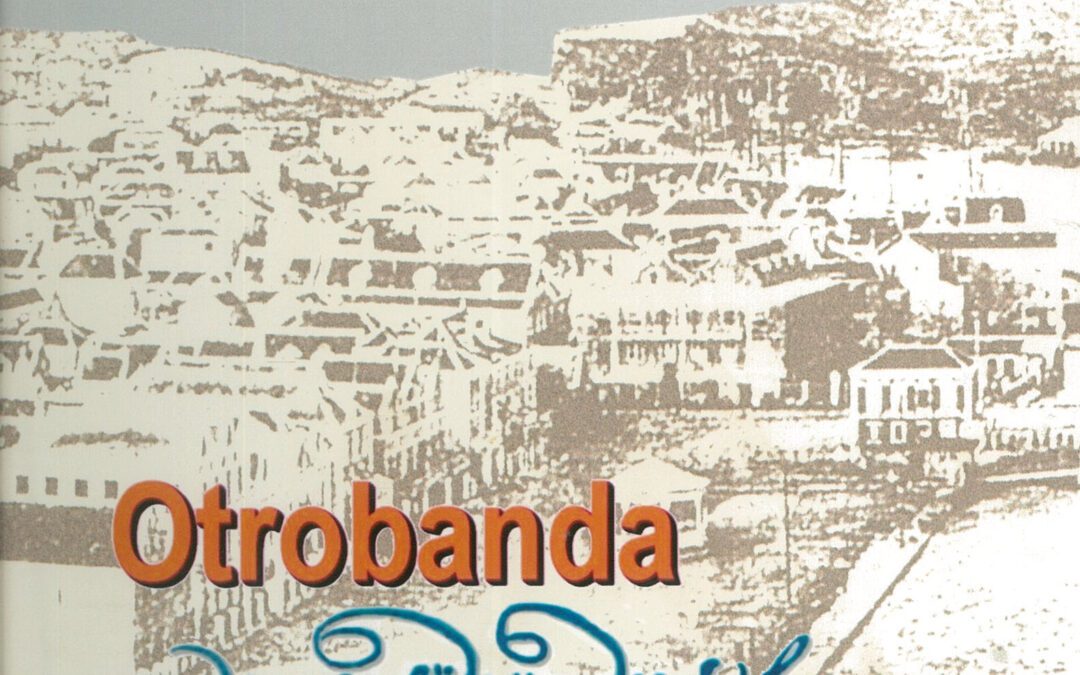
dec 10, 2024
Over het ontstaan en de stedenbouwkundige en demografische ontwikkeling van de historische stadswijk Otrobanda is maar weinig meer bekend dan dat gouverneur Jacob Beck in 1707 het initiatief genomen heeft om ‘Aen de Oversijde van deese haven’ te gaan bouwen. In dit boek toont Bernard R. Buddingh’ (‘Van Punt en Snoa, 1994) aan dat er van de bouwplannen van Jacob Beck vrijwel niets is gerealiseerd en dat er aan het eind van de zeventiende eeuw al huizen aan de Overzijde stonden. Aan de hand van uniek archiefmateriaal en kaarten geeft Otrobanda, ‘Aen de oversijde van deese haven’ een heel nieuwe kijk op de vroegste gechiedenis van Otrobanda. Werd ‘de’ Willemstad (de Punt, Punda) voornamelijk bewoond door protestanten en joden, in Otrobanda hebben rooms-katholieken, ‘vrije negers’, mulatten en tot slaaf gemaakten al van het begin af aan een belangrijke rol gespeeld.

![SMC002-FD-LOGO-500px-[ANI]](https://dutchcaribbeanheritage.org/files/2024/04/SMC002-FD-LOGO-500px-ANI.gif)


